From Startup to Global Player in the World of Synchronization Tech
The History of Meinberg
Meinberg's team of over 130 employees manufactures technological solutions for time & frequency synchronization on a campus of nearly 5,000 square yards. It ships products from its Bad Pyrmont headquarters to all over the world. It all started as a two-man operation in a 86 square foot room, inspired by a love of model aircraft.
Today, Meinberg is one of the world's leading manufacturers of synchronization solutions. This family company has more than four decades of experience in developing and manufacturing high-end synchronization technologies, including high-accuracy, high-availability GNSS-synchronized NTP servers and PTP clocks.

From the Founding of the Company to the Present Day
More than 45 years of experience developing and producing time & frequency synchronization solutions
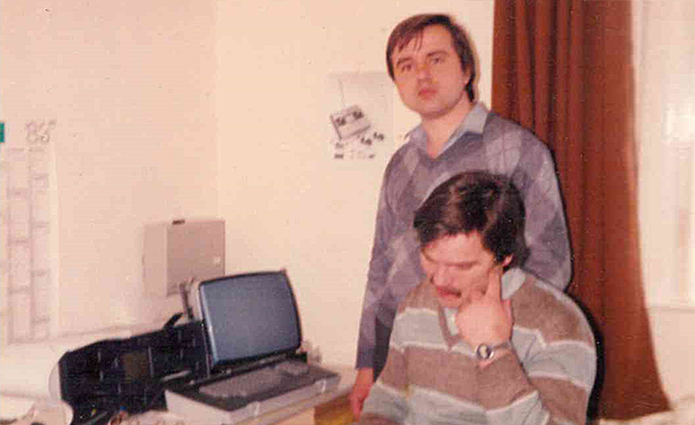
The Founding
Werner and Günter Meinberg found the company. In their former childhood home they build remote control systems for model aircraft. As a side venture, they manufacture time signal receivers as PC slot cards.

The New Company Building
While the brothers' remote control systems cause waves among model aircraft enthusiasts, it's the business with the time signal receiver cards that prove to be unexpectedly promising. The two-man business begins to hire its first employees and builds its first dedicated company premises.

Taking Root
It's not long until the synchronization business begins to eclipse the original business concept. The Meinberg Brothers sell their remote control business to a British buyer and concentrate exclusively on their synchronization products.
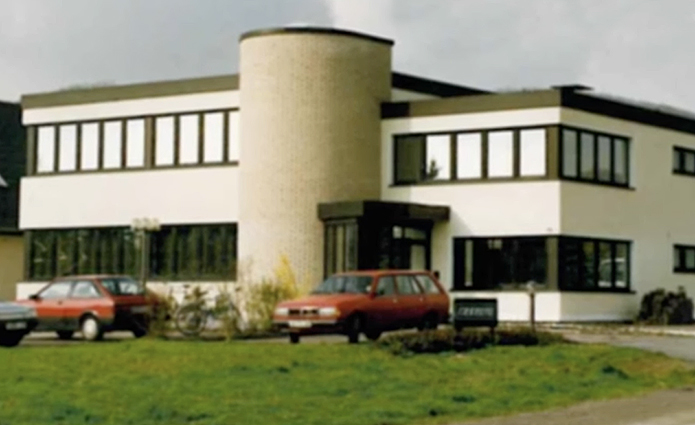
Relocating Again
With annual growth of 10 to 20 percent, it becomes inevitable that Meinberg will have to relocate again—this time to a specially constructed building on Meinberg's present-day campus. This building, known today as the "Old Company", is a test laboratory where we perform compliance testing on our devices.
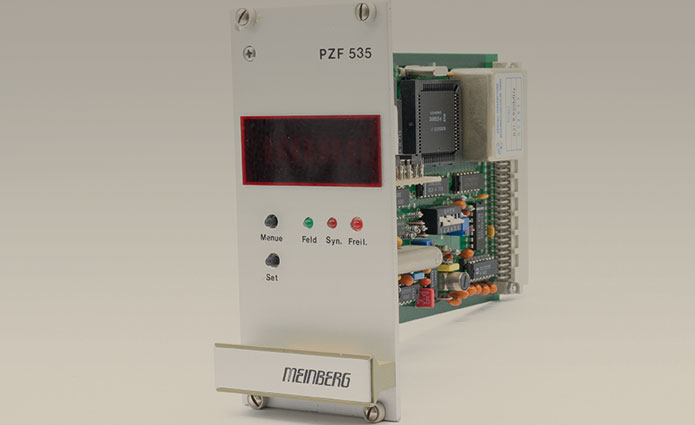
Market Launch of the PZF Type Clock
Meinberg launches its first receiver with pseudo-random sequencing support. This model improves reception performance for the DCF77 long-wave signal (the legal time standard in Germany) a thousand fold.
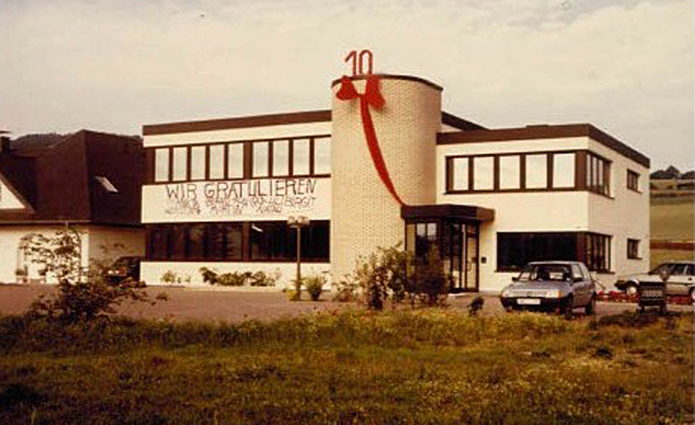
10 Years of Meinberg
With around 15 employees, the family company celebrates its 10-year anniversary. In addition to its DCF77 receivers, Meinberg has a short-lived sideline venture in the manufacture of belt weighing systems for the cigarette industry.
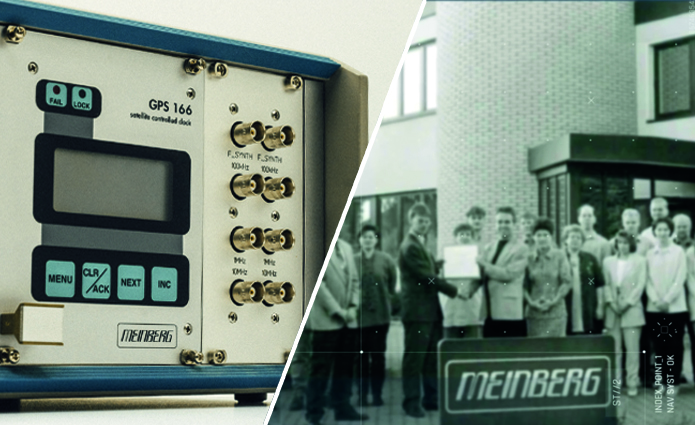
GPS Receiver & ISO 9001
Meinberg launches its first GPS-synchronized reference clock using its unique frequency downconversion technology. This year also marks the first time the company is ISO 9001 certified for quality assurance.
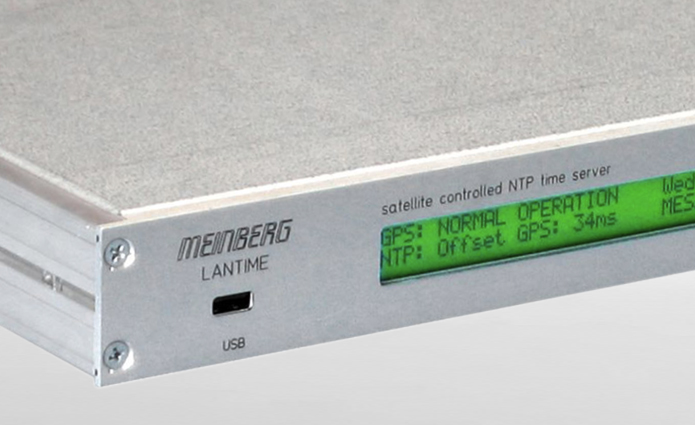
The First LANTIME
The new LANTIME is Meinberg's first time server to use the Network Time Protocol (NTP) to synchronize multiple devices in large networks, supporting and enabling a great many novel applications in a variety of industries.
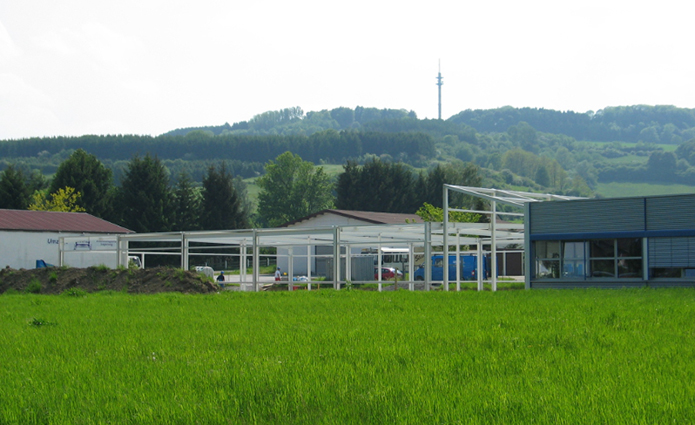
New Building for SMT
Sales of the LANTIME facilitate Meinberg's rapid growth. SMT production becomes the manufacturing standard. To meet the growing demand for Meinberg products, Meinberg has a facility built specially for SMT production.
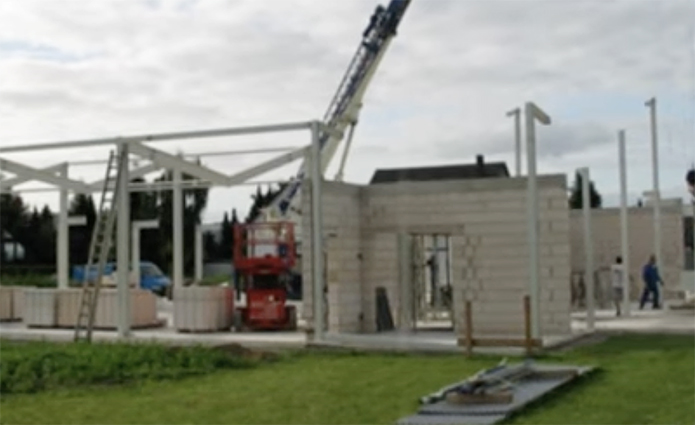
First Campus Expansion
Meinberg's workforce at this point numbers around 65. This necessitates expansion of the new company building. New production facilities, office space, and a large meeting room are constructed.

The LANTIME M Series
Meinberg launches the LANTIME M-Series, allowing customers to have the signal inputs, signal outputs, and network connectivity of their devices customized to their needs. This flexibility makes the M300 and its successor, the M320, one of our bestselling products to this day.
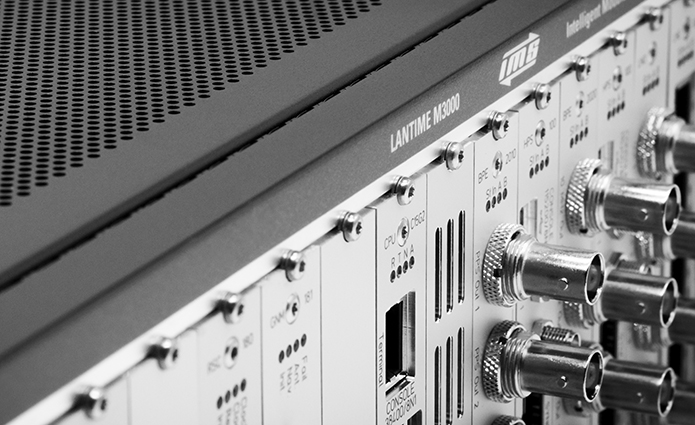
Modular System Architecture
The launch of the IMS platform provides Meinberg devices that are even more flexible—modules for reference source inputs, power supply modules, network connectivity modules, and signal output cards can be easily and quickly replaced even during live operation.

Executive Management Expanded
Günter and Werner Meinberg appoint two new experienced faces to help them run the company—software developer Heiko Gerstung and hardware engineer Andre Hartmann become part of the Executive Management.
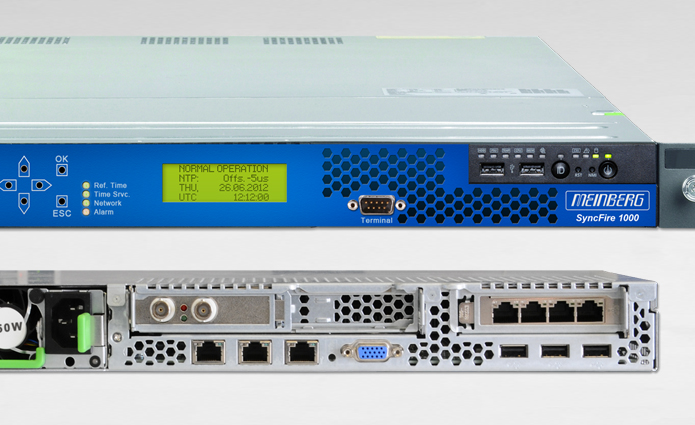
The SyncFire – an Ultra-High-End NTP Server
Meinberg develops the SyncFire 1000, designed for the data centers of major tech companies and capable of synchronizing millions of end devices over the internet. The latest iteration of the line, the SyncFire 1500, supports 10, 25, and 40 Gigabit networks.

The microSync
Meinberg launches the microSync range of time servers. These devices are designed to be compact and cost-effective alternatives to the more powerful LANTIME series, and remain Meinberg's most cost-effective entry-level solution for PTP synchronization to this day.
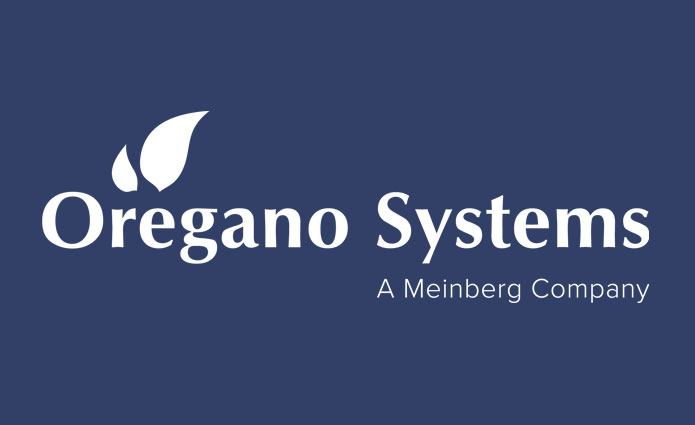
Meinberg Expands Outwards
Meinberg expands its range of products and services with the acquisition of its Vienna-based supply partner Oregano Systems, a company that is a global leader in the development of technology for the Precision Time Protocol (PTP).

A New Global Focus
To better support its customers in the USA, Meinberg establishes an office in Santa Rosa, California. This wholly owned subsidiary serves as a direct line for purchases and technical support for U.S. customers.
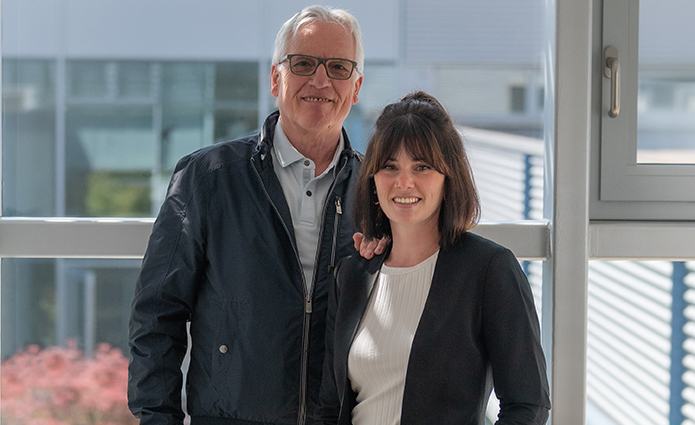
The Next Generation
Günter Meinberg retires from the day-to-day business operations, handing over the reins to his daughter Natalie, who has grown up with the company. Natalie Meinberg handles the Human Resources, Purchasing and Business Development operations at the Executive Management level.
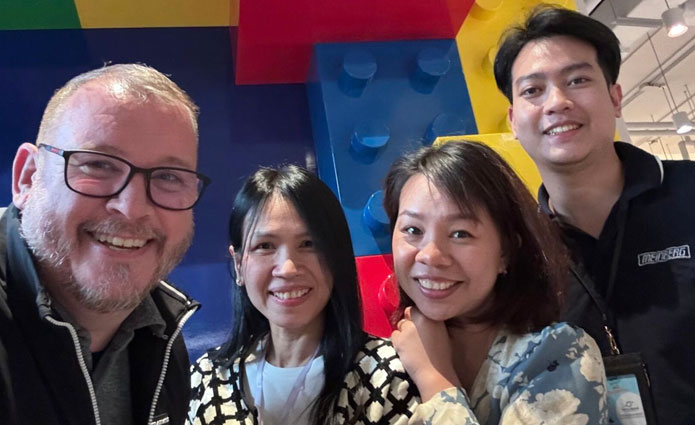
New Office in Asia
Meinberg opens an office in Bangkok, Thailand, providing a point of contact for customers and distribution partners in South and South-East Asia.

The Growth Continues
Meinberg expands again—The company builds a two-story office complex next to its production facility, housing 60 employees across 13000 square feet of new space.
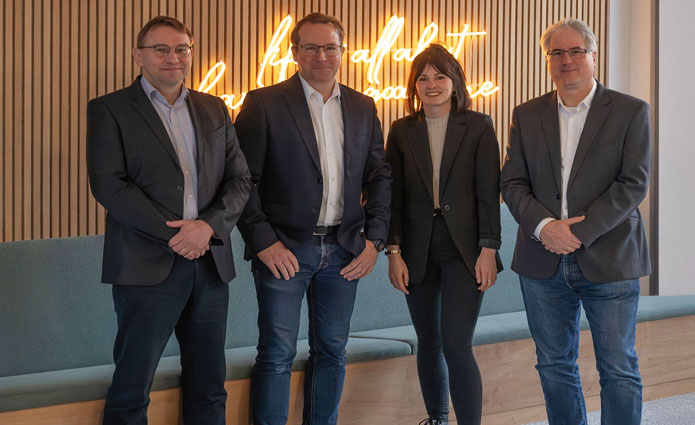
Completing the Handover to the Next Generation
Werner Meinberg also retires from the Executive Management. He hands over his place to Meinberg's Head of Software Development, Daniel Boldt, marking the completion of the handover to the next generation in the Executive Management.



